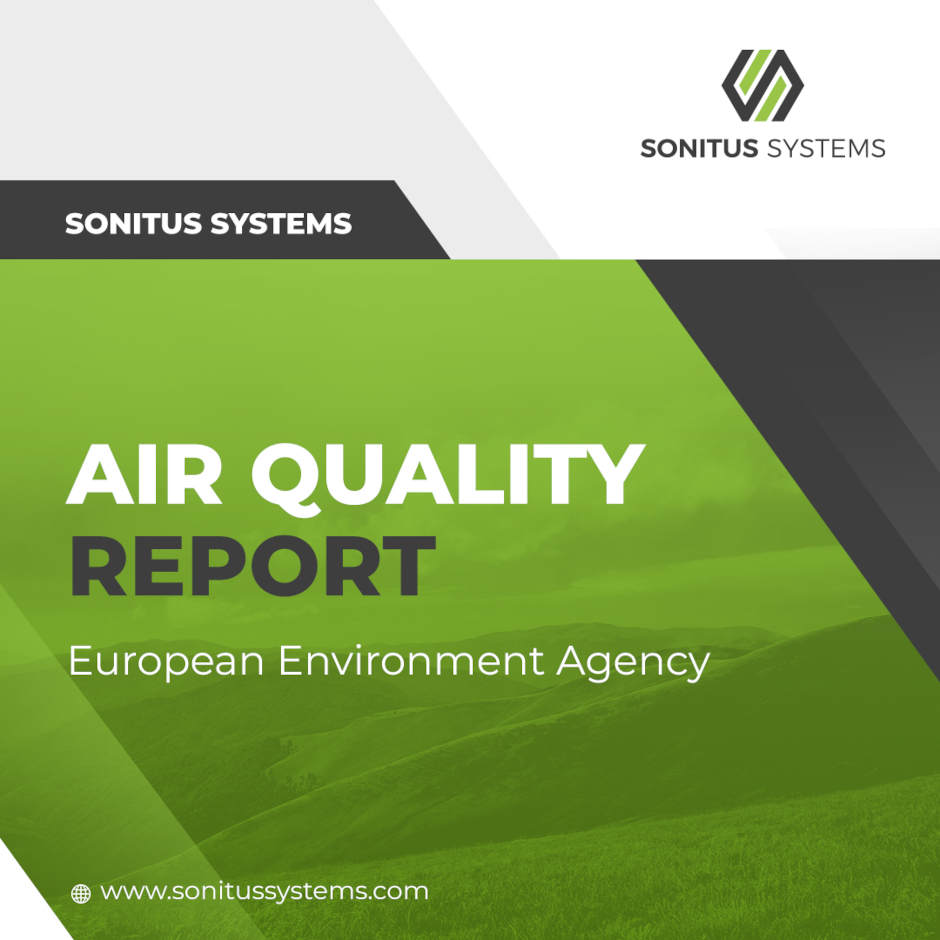New data from the European Environment Agency (EEA) shows that despite half of European cities still suffering from poor air quality, Dublin and Cork have cleaner air than average.
New data from the European Environment Agency (EEA) shows that despite half of European cities still suffering from poor air quality, Dublin and Cork have cleaner air than average, according to a
news article in the Irish Examiner.
The EEA’s data shows a strong correlation between a city’s coal use and its ranking in the study, with the Polish city of Nowy Sącz coming bottom of the class with a “very poor” rating, followed by the
heavily industrialized city of Cremona in Italy. The data shows the EU’s cleanest city is Sweden’s university town of Umeå, well known for its integration of nature within its urban sprawl. Tampere in
Finland was not far behind.
The Data
To rank the cities, the EEA collects data through environmental monitoring in 323 cities across Europe. Through the use of sensors, telemetry, and observations, the EEA’s study allows cities to compare
the amount of particulate matter in the air that is 2.5 micrometres or less in diameter, better known as PM2.5, thought to cause over 400,000 premature deaths in Europe every year. Lowering the
concentration of PM2.5, therefore, is considered a high priority in environmental improvement.
While the ideal level of PM2.5 is zero, the European Directive has a maximum tolerance of PM2.5 in the air of 25 µg/m³ (micrograms per cubic metre), with the World Health Organization (WHO) having a
less lenient upper limit of 10 µg/m³. Going by the EEA’s data, only 127 cities out of the 323 fell within the WHO’s stricter guidelines. Poland’s Nowy Sącz, for example, recorded a PM2.5 level of 27.3
µg/m³ while Sweden’s Umeå recorded only 3.7 µg/m³.
While the study featured a large sample of EU member state cities, only data from those with reliable PM2.5 environmental monitoring in place were included.
Cork, Dublin, and Waterford
Only three Irish cities were included in the study, Cork, Dublin, and Waterford. Of the three, Cork’s PM2.5 levels were observed as the lowest, measuring a mean concentration of 7.93 µg/m³, classed as
“good” by EEA standards and ranking 36 in the rankings. Dublin’s own levels were considered good, with just 8.1 µg/m³ measured in the capital, ranking 38. Waterford measured a “moderate” level of PM2.5
with 10.5 µg/m³ just outside the highest bracket. With their levels around the 8 µg/m³ mark, Cork and Dublin now have cleaner air than 60 percent of other European cities.
Ireland’s strong performance in the EEA study has been attributed to the Clean Air Strategy set out by the Department of Communications, Climate Action and Environment (DCCAE). The strategy
provides a “policy framework necessary to identify and promote the integrated measures across government policies that are required to reduce air pollution and promote cleaner air”.
Study Findings
Notably missing from the data collected over the last two years is environmental monitoring from the United Kingdom, whose government declined membership from the watchdog, despite other non-EU member
states such as Norway, Turkey, and Switzerland taking part.
With their findings, the EEA claims despite the COVID-19 lockdowns since March 2020, levels of particulate matter in the air remained stubbornly high. Disruption to travel behaviour did lead to drops
in levels of nitrogen dioxide, however, with some cities recording 60% reductions in levels due to decreased use of diesel engines over the years.
According to earlier data, the EEA claims levels of larger particulate matter, measuring 10 micrometres or less (PM10), only fell around 20 percent to 30 percent during the same period. This
sluggish response, they claim, is due to there being more sources of particulate matter than simply road traffic, including heating fuel, animal manure, and industrial practices. The EEA’s air
pollution chief, Catherine Ganzleben, suggests that these trends are largely dependent on our work practices, “If people go back to the daily commute, or if they choose teleworking instead, that
will disrupt these pollution patterns” she claims. The executive director of the EEA, Hans Bruyninckx, believes allowing the inhabitants of cities to compare their own city’s air quality with the web
app “empowers citizens towards their local authorities to address the issues”.
In recent days, The Irish Times also covered the findings of this EEA report in an opinion piece titled ‘A wake-up call for Europe’. This article reminds readers that air pollution has been
found to be the “single biggest environmental health risk” by the World Health Organisation (WHO), and points out that there is no room for complacency, with fine particulate matter still causing
1,300 premature Irish deaths yearly.
Sonitus Systems offers both the hardware and software for a range of environmental parameters on a continual basis, with real-time information available through our Sonitus Cloud dashboard.
For more details on our indoor and outdoor noise and air quality monitoring products and services, please contact the team at www.sonitussystems.com/contact/contact.html
